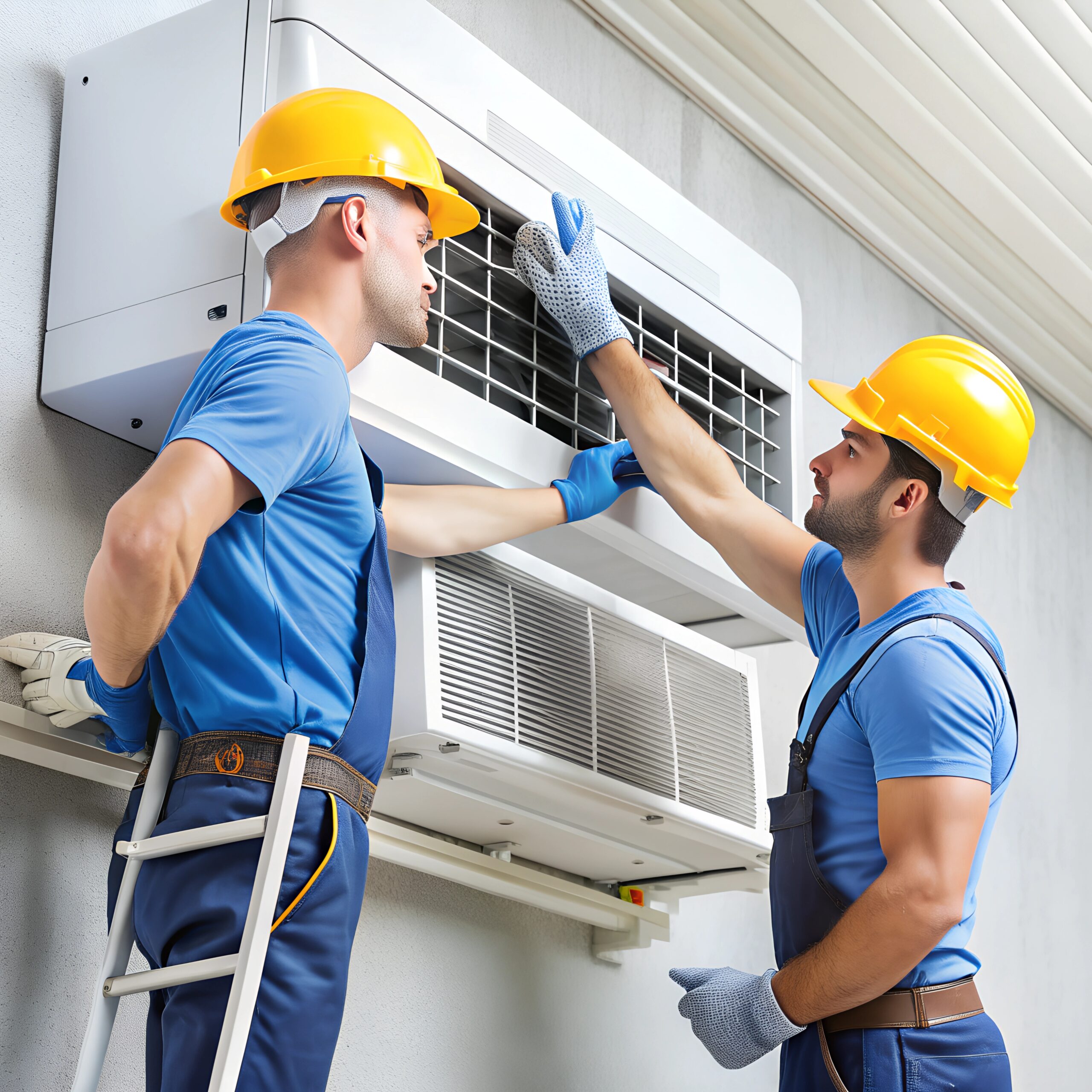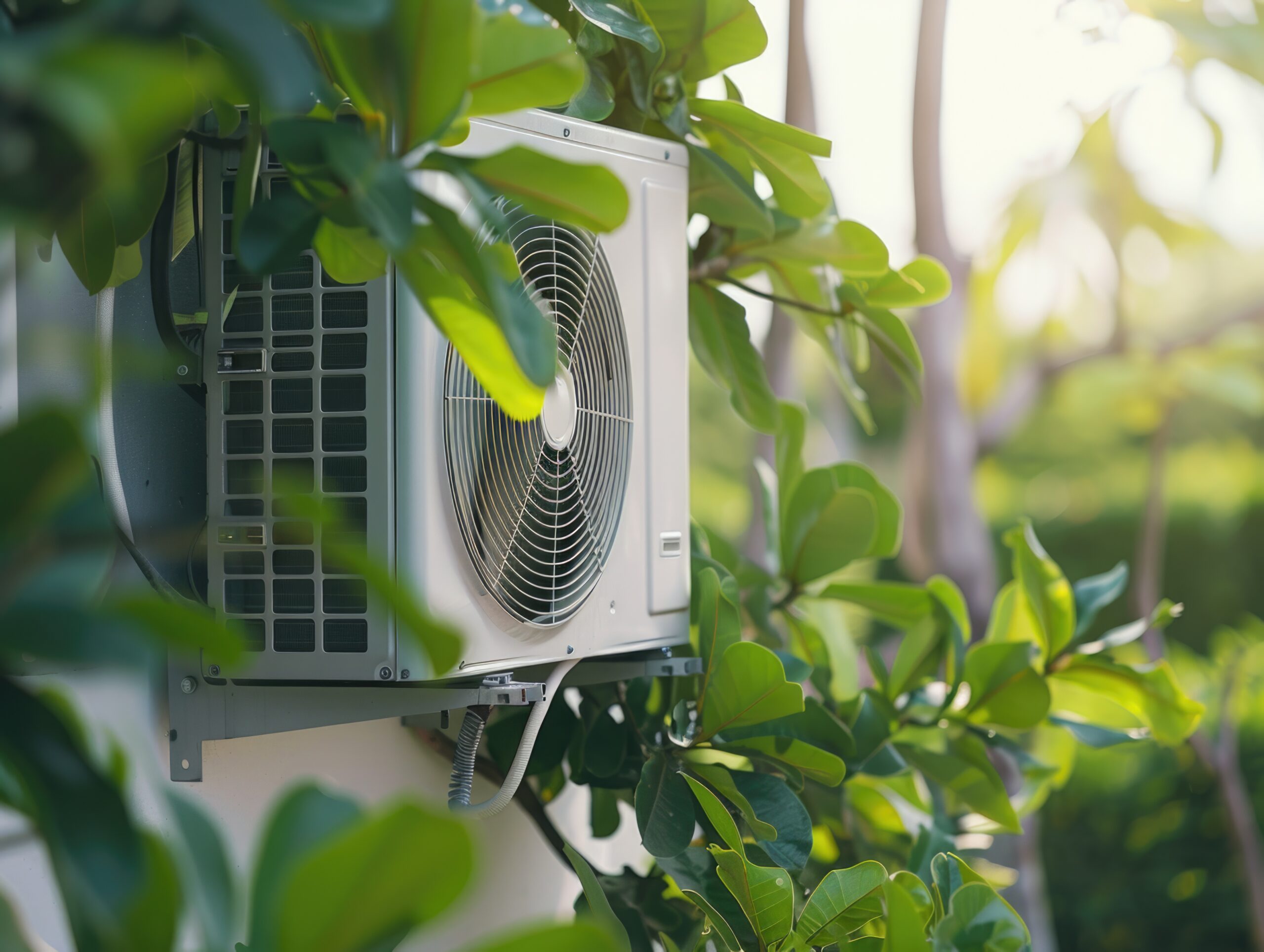Encountering an E5 code on your Rheem tankless water heater can be puzzling. It’s a clear sign something’s amiss, but what exactly? In this article, you’ll uncover the meaning behind the E5 error and the steps you can take to resolve it.
Understanding the E5 code is crucial for maintaining your water heater’s efficiency and longevity. You’ll learn how to troubleshoot this specific issue, ensuring you’re never left in the cold. Keep reading to get your hot water flowing smoothly again.
What Is the E5 Code in Rheem Tankless Water Heaters?
The E5 code on your Rheem tankless water heater signals an issue with the water flow service. It’s a telltale message indicating that your heater’s flow sensor is registering water flow issues, which could manifest due to several underlying problems. Understanding why the E5 code has appeared allows you to address the specific issue, ensuring your water heater operates efficiently.
Typical Causes of the E5 Error Code include:
- Debris in the Filter: Your water heater’s filter can accumulate debris over time, restricting water flow.
- Faulty Flow Sensor: A malfunctioning sensor might provide inaccurate readings or fail to monitor the water flow correctly.
- Plumbing Issues: Incorrect pipe installation or blockages in the plumbing can lead to poor water circulation.
- Scale Build Up: Hard water can deposit minerals inside the heat exchanger, affecting water flow.
Immediate Steps You Can Take:
- Check and clean the in-line filter.
- Inspect plumbing connections for possible blockages or incorrect installation.
- Evaluate if you’ve had a recent increase in water hardness, suggesting a need for descaling.
Functional Impacts of Ignoring the E5 Code:
- Reduction in heating efficiency, leading to increased energy costs.
- Potential overworking of the heater, which can shorten the lifespan of the unit.
- Compromised performance, with fluctuating water temperatures being a common inconvenienceduring use.
By addressing the causes of the E5 code promptly, you maintain the operational integrity of your Rheem tankless water heater. Remember, regular maintenance is key to preventing most common issues, including those leading to the E5 code.
Common Causes of the E5 Code
When you encounter the E5 code on your Rheem tankless water heater, it’s a clear signal your system has detected a specific issue. Knowing the most common causes can help you quickly address and rectify the problem.
Debris in the Filter
A primary reason for the E5 code can be clogging due to debris in the inline water filter. Over time, sediments can accumulate, obstructing water flow which is crucial for the heater’s operation.
Faulty Flow Sensor
The flow sensor’s role is to gauge water movement through the unit. If it’s defective, the system can falsely trigger the E5 code. Inaccurate readings may cause the heater to shut down as a preventative measure.
Plumbing Issues
Complications within your plumbing system, such as cross-connected pipes or improperly installed check valves, can prompt the E5 code. These issues often disrupt the intended operation of the water heater, leading to errors.
Scale Build-Up
In areas with hard water, mineral deposit, also known as scale, can form inside the heater. This build-up can significantly affect the efficiency of your unit and is a common culprit for the E5 alert.
Pro Tips:
- Regularly check and clean your in-line filter to prevent blockage.
- If you suspect a faulty flow sensor, consult with a professional to get it assessed and possibly replaced.
- Inspect your plumbing connections occasionally to avoid any unexpected errors.
- Consider a water softener to manage hardness and thwart scale accumulation.
By keeping these common causes in mind, you’ll be better equipped to maintain your water heater’s performance and avoid frequent E5 codes. Remember, prompt action paired with routine maintenance remains your best defence against such issues.
How to Troubleshoot the E5 Code in Rheem Tankless Water Heaters
When your Rheem tankless water heater displays an E5 code, you’re facing a potential maintenance issue. Here’s how to tackle the problem efficiently.
Check the Air Filter
The first step is to inspect the air filter. A clogged filter can cause inadequate airflow, leading to the E5 error code. Here’s what you need to do:
- Turn off the unit.
- Locate the filter, remove it from the unit.
- Clean the filter thoroughly, removing all debris and dust.
- If damaged, replace the filter with a new one.
Flow Sensor Inspection
A faulty flow sensor is another possible culprit for the E5 code. Follow these steps:
- Locate the flow sensor in your heater’s manual.
- Ensure the sensor is clean and not obstructed.
- Check the wiring connections for any signs of damage.
Plumbing System Assessment
Issues within your plumbing can also trigger the E5 code. Here’s what to look for:
- Examine for any closed valves or obstructions in the water line.
- Ensure that the minimum flow rate required to activate the heater is met.
Descaling Procedure
Lastly, if you’ve got hard water, scale build-up within your unit could be the issue:
- Turn off the power to the unit.
- Connect a hose to the descaling valve.
- Use a descaling solution to flush out scale from the heater according to the manufacturer’s guidelines.
By following these troubleshooting steps, many E5 code issues can be resolved without the need for a professional technician. Remember that regular maintenance can prevent these problems from occurring in the first place.
Step 1: Check the Water Flow
Ensuring proper water flow is crucial in addressing the E5 code on your Rheem tankless water heater. Inconsistent or low water flow can be a direct contributor to the error message you’re facing. Here’s how you can tackle this:
- Inspect the inlet filter to see if it’s clogged. Sediment or debris often restricts water flow. A clean filter maintains steady water flow and can resolve the E5 error.
- Look for any kinks or bends in the water lines. Straighten these out as they can also impede water flow.
- Open all hot water taps in your home to check for consistency in water pressure. Variance in pressure could indicate a problem in the plumbing that may lead to the E5 code.
- Measure the water flow rate and compare it with the recommended flow rates in your Rheem’s user manual. If the flow rate is lower than recommended, it’s likely a contributing factor to the E5 error.
For accuracy, utilise a flow meter if available. This helps to ascertain that your unit receives the right amount of water to function efficiently.
Adjustments in the water flow can lead to immediate improvements in performance and may clear the E5 code. Regular checks on these facets will prevent future occurrences and ensure that your Rheem tankless water heater operates optimally, providing you with an uninterrupted supply of hot water.
Step 2: Inspect the Heat Exchanger
When you’re battling the E5 code on your Rheem tankless water heater, turning your attention to the heat exchanger is crucial. This component is responsible for transferring heat from the combustion process to the water flowing through your unit, and any issues here can trigger error codes.
Begin by powering off the unit completely to ensure your safety. You want to look out for signs of scaling, which frequently contribute to the E5 code. Hard water areas are especially prone to this, and the heat exchanger might be coated with mineral deposits obstructing heat transfer.
If the heat exchanger shows signs of scaling, it’s time for a thorough cleaning. Some units may require a professional for this step, but if you’re handy and your model permits, you can use approved descaling solutions to clear out the deposits. Always refer to your specific model’s manual for the correct cleaning procedures.
Besides scaling, check for any apparent damages or abnormal signs of wear and tear. Cracks or leaks in the heat exchanger can be serious and typically necessitate professional repair or replacement.
Ensuring the unit’s venting system is clear is equally important as it directly affects the heat exchanger’s performance. Blocked or improperly installed venting can cause the unit to overheat and potentially damage the heat exchanger.
Regular inspection and maintenance of the heat exchanger are key to the longevity and efficiency of your Rheem tankless water heater. Addressing issues promptly could save you time and money in the long run.
Step 3: Clean the Air Intake Filter
When tackling the E5 code on your Rheem tankless water heater, don’t overlook the air intake filter. A clogged filter restricts airflow, causing your heater to work inefficiently. Here’s what you’ll need to do:
- Turn off the unit before starting any maintenance.
- Locate the air intake filter. It’s typically found at the front of the unit.
- Remove the filter carefully to avoid damage.
- Wash the filter using soapy water or gently with a vacuum if it’s not too filthy.
- Ensure the filter is completely dry before reinstalling.
Over time, dirt and debris accumulate on the filter, which can impede performance. Regular cleaning, every six months or as recommended by the manufacturer, will extend the lifespan of your heater and improve functionality.
Remember to handle the air intake filter gently to avoid tears that can compromise its purpose. A damaged filter will need replacing to ensure proper airflow, which is vital for optimal operation of your tankless water heater.
Conclusion
Tackling the E5 code on your Rheem tankless water heater needn’t be a hassle. By following the steps outlined, you’re well-equipped to handle any obstructions or damage that might be causing the issue. Remember, regular maintenance like descaling and cleaning the air intake filter is key to your unit’s performance and longevity. Should issues persist after you’ve done your checks and cleaning, don’t hesitate to call in a professional. Taking action now ensures you continue to enjoy uninterrupted hot water when you need it most.
Related Posts
- Understanding HVAC Systems: Home Heating and Cooling Explained
- Fix Your Richmond Heater: Gas Troubleshooting Tips
- Fix Common Dimplex Electric Fireplace Issues & Improve Longevity
- Understanding Heat Pump Maintenance: A Guide for Homeowners
- Boxing in Ductwork: Seal & Finish Tips for a Sleek Look
- Unveiling the Truth: Is Air Conditioning Harmful or Beneficial to Your Health?
- Understanding Air Conditioner Split Systems: Key Features, Installation, and Maintenance Tips
- Unlocking the Secrets of Inverter Air Conditioners: Energy Efficiency and Care Tips



